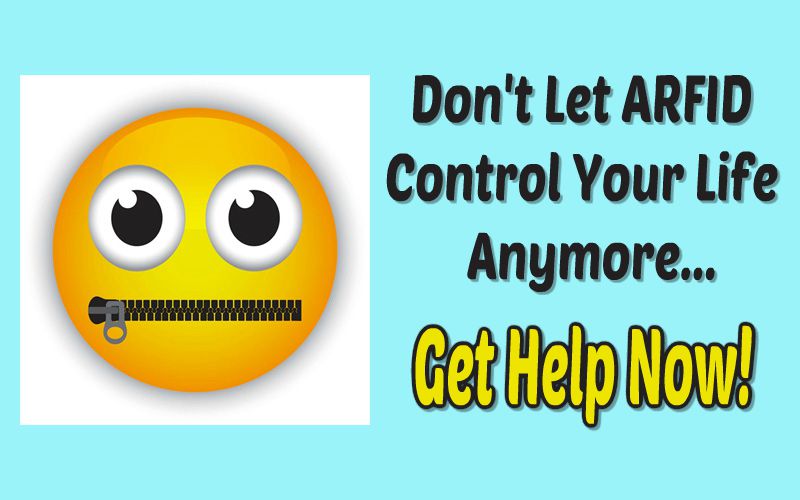Various versions of a food neophobia scale have been created to help diagnosticians to determine the severity of food fears and also assist in the diagnosis of ARFID. I have already written about food neophobia in my dedicated post on the topic and this addendum is designed to provide a greater insight into one of the most common of all food fears.
Do you consider yourself food neophobic? If so, this post will help you to discover the degree of your fear of new foods, since the scale I am reproducing here can be self-rated. Let’s take the challenge together and see how we both fare when it comes to our fear of new foods… In fact, I will take the test twice: once using my old eating habits as a guide and once using my present eating habits.
Ready to begin? Ok, let’s learn more about the scale and purpose of food fear evaluation.
What is the Food Neophobia Scale?
There are many variations of this scale, but they all serve the same basic purpose: to determine how open or fearful a person is of eating new foods. This scale is useful when mental health professionals are attempting to help diagnose and categorize specific eating disorders, as well as during actual treatment for selective eating disorder and food phobia.
The goal of the scale is to measure how receptive a person might be to new eating experiences. Each category is rated on a numeric scale and then the total is added at the end to provide a score. It is this score which can be used to categorize the degree of new food fear a specific person demonstrates, based on their answers.
Of course complete honesty is key to this activity. If the person being questioned is deceptive, then the results will not be valid…
Food Neophobia Scale Example
Below is a very simple and effective food neophobia scale that can be used to measure the degree of fear a person might experience when presented with different eating experiences.
For each statement, the person should assign a number ranging from 1 to 7, representing the following possible answers:
- Strongly disagree
- Disagree
- Somewhat disagree
- Neutral
- Somewhat agree
- Agree
- Strongly agree
In order to prevent a person from simply answering the same number to every question without giving it any actual thought, some questions are reversed scored to mix things up a bit… For statements marked with a (*), the scoring is reversed, as follows:
- Strongly agree
- Agree
- Somewhat agree
- Neutral
- Somewhat disagree
- Disagree
- Strongly disagree
Ok, let’s take score ourselves using the following statements:
I often sample new and different foods. (*reverse score)
I don’t trust new foods.
If I don’t know what a food contains, I won’t eat it.
I like foods from different countries. (*reverse score)
Ethnic food looks too strange to eat.
At social occasions, I will try a new food. (*reverse score)
I am afraid to eat things I have never eaten before.
I am very particular about the foods I will eat.
I will eat almost anything. (*reverse score)
I like to eat at new ethnic restaurants. (*reverse score)
Food Neophobia Rating Scale
Ok, so what is your score? The possible scores range from 10 on the low end of the food neophobia scale to 70 on the high end. The higher the number, the more food neophobic you are. It’s that simple!
Here are my scores…
From my past history of ARFID first… I scored this as if I was taking this evaluation before the age of 38 when I was still greatly suffering from selective eating issues. I scored a 70. This is extreme food neophobia. It is no wonder I was so limited in my dining habits for most of my early life from the age of 2 to 37…
Now, I score 32. Not great, but certainly much better than before! You can change and open your mind to food, if you really want to do it…

Leave a Reply
You must be logged in to post a comment.